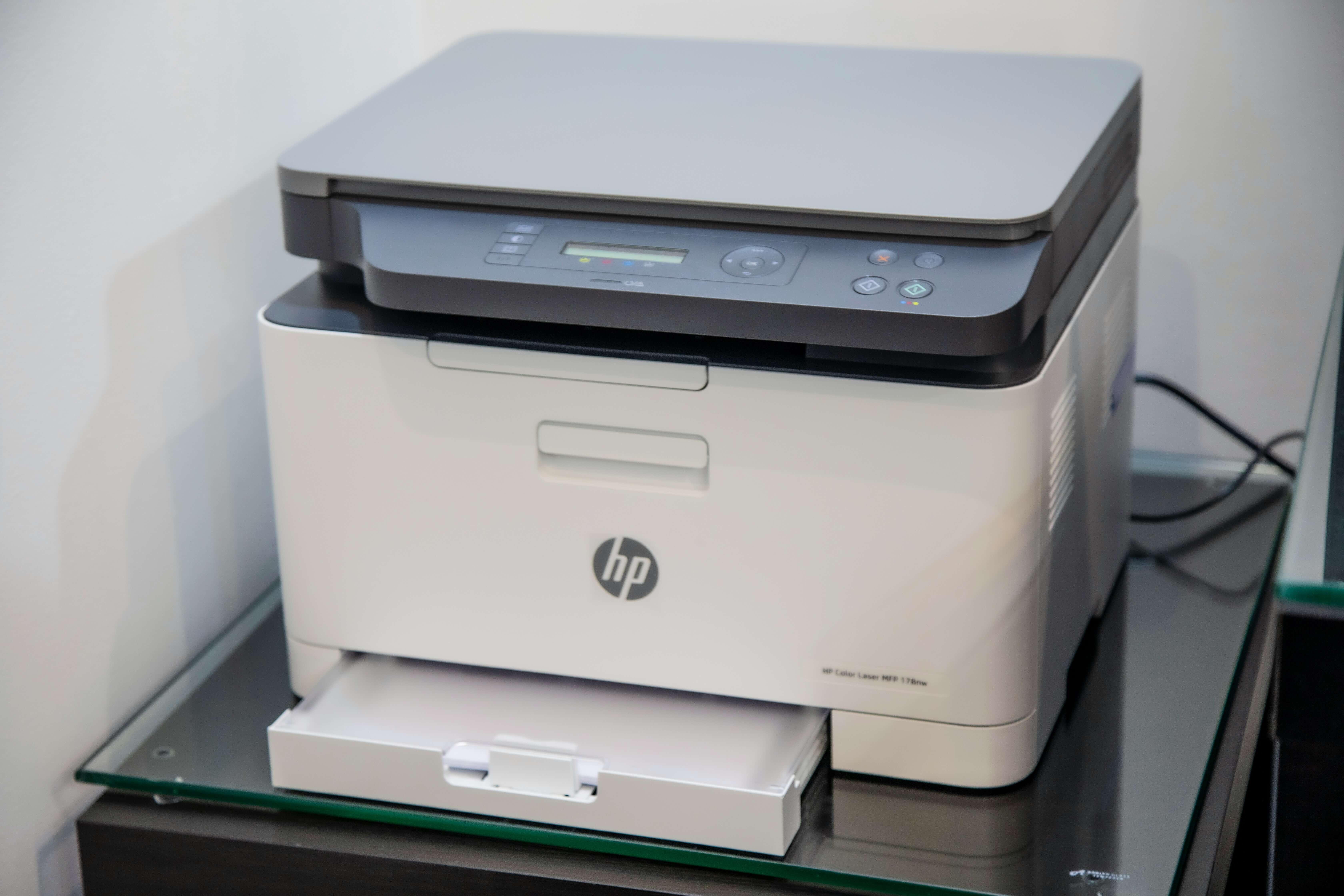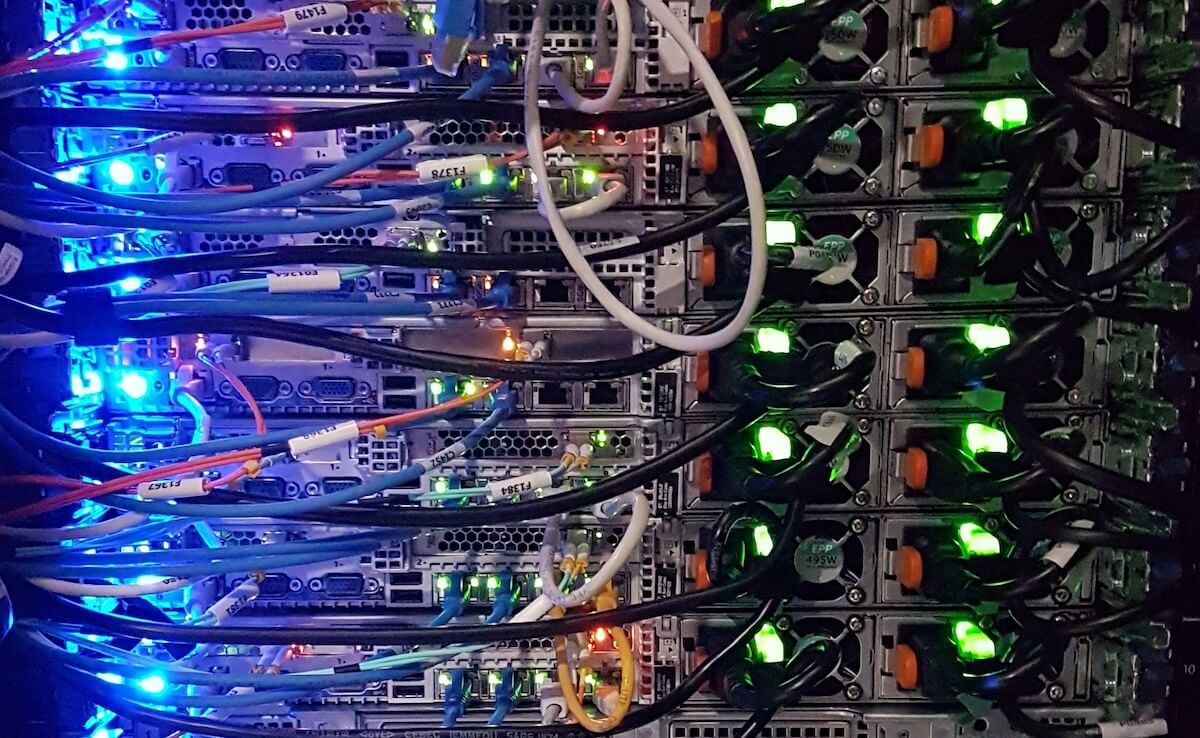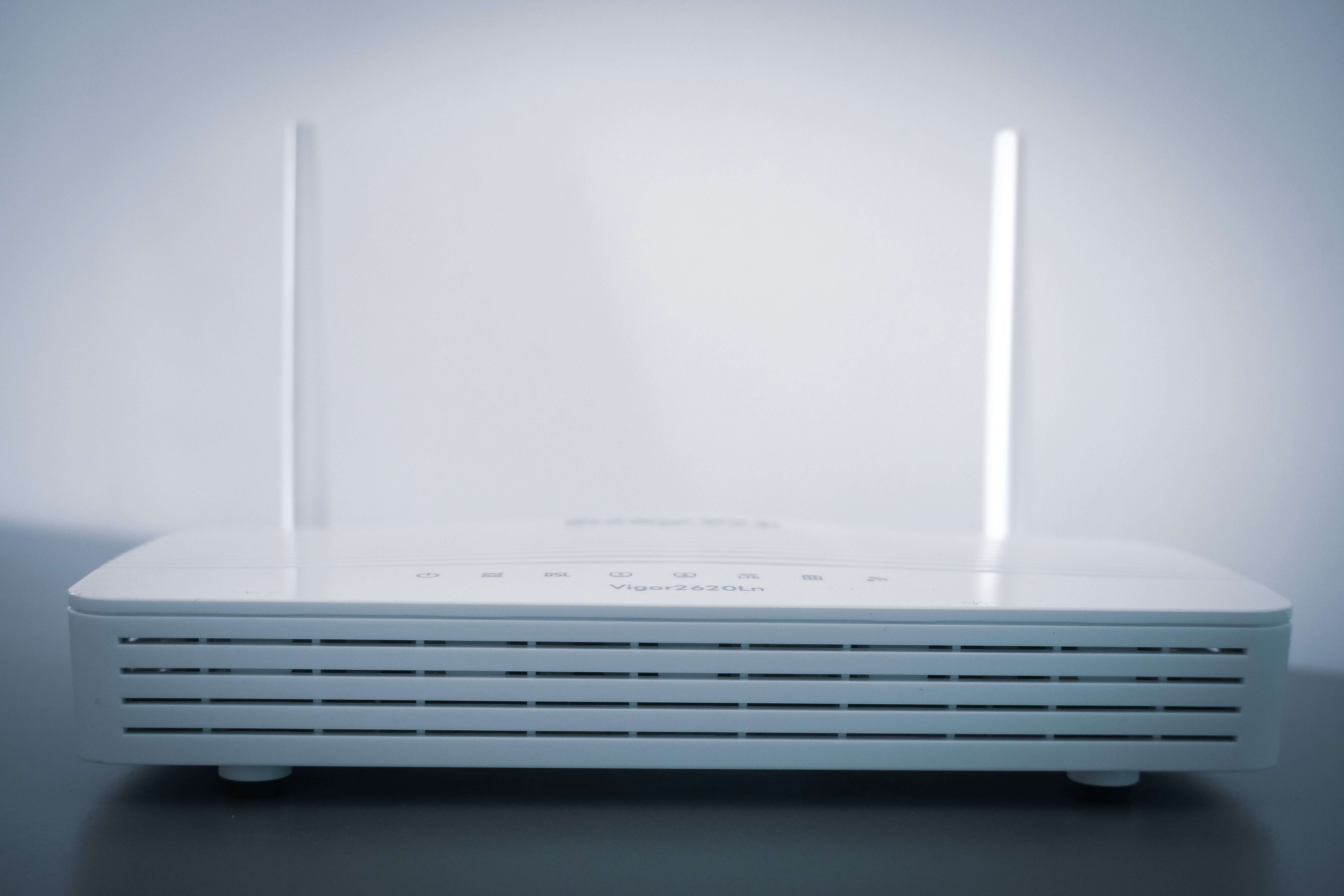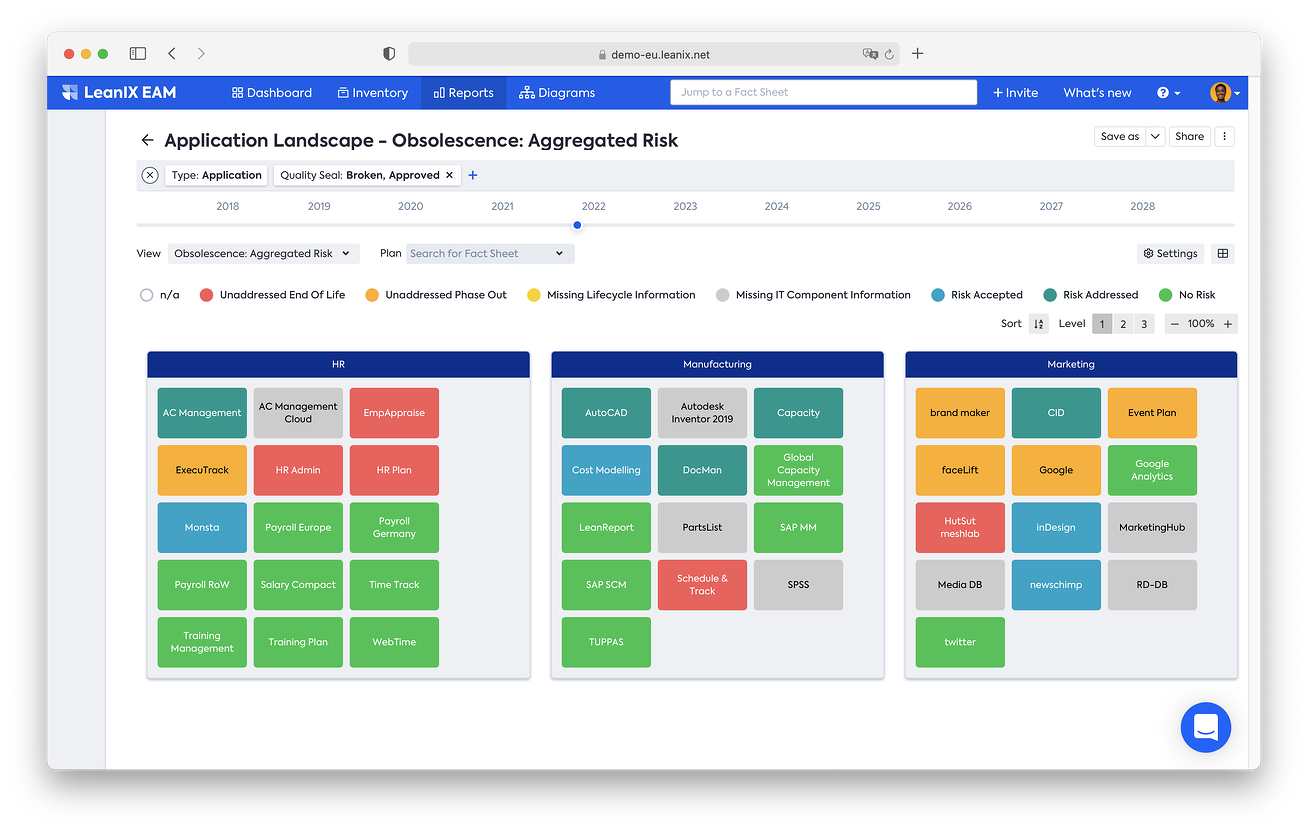
Technical debt and obsolete technology is holding you back from leveraging exciting tech innovations. Let's explore nine business tools that will be gone by 2035.The pace of technological development is accelerating, and new inventions are altering our society and the market. To keep up with changing customer needs, you have to push forward with innovation.
Businesses, however, are finding themselves held back by legacy tech. It can be frustrating to find yourself unable to leverage revolutionary tools like artificial intelligence (AI) just because your operating system is outdated.
Instead of gaining a competitive edge with the latest tools, you may, instead, be spending your budget on a new group of servers or a network upgrade. If only you could identify and target this technology before it expires, you could plan and road map the updates so there's budget left over for innovation.
To find out more about how you can manage your obsolete technology, read our series on the subject. Otherwise, let's explore nine common enterprise technologies that you'll need to replace in the next decade.
READ: Technology Obsolescence Risk Management - The Why, What, and Who
1 Printers

The paperless office is a growing trend in the digital age. With so many options for viewing information, from huge monitors and projectors, to tablets and virtual reality (VR) headsets, printing out on paper seems antiquated, at best.
Of course, cutting out printers will save you a great deal of expense on electricity, ink, and the cost of paper. However, you may well find you save even more on the time your IT team currently spends tinkering with printers, which are notoriously temperamental, as we're all well aware.
Ditching paper is clearly advantageous before we even begin to consider the environmental cost of deforestation and energy waste this unnecessary technology presents. It's highly unlikely that printers will be a fixture in offices going forward.
2 Physical Data Centers

There's been a lot of discussion recently regarding the dichotomy between organizations still struggling with cloud migration, and those who have completed a cloud migration and returned to on-premise. To find out more about the trends, read our previous article:
READ: Are The Benefits Of Application Migration Becoming Cloudy?
Whether cloud services are suitable for you right now or not, they're only getting cheaper and more effective. Either way, with the move to remote working, it's possible you won't actually have a premises to house your on-premise tech forever.
Within ten years, we're likely to see hybrid cloud models move to cloud-native, with improved technology making cloud migration simple. As such, physical servers and data centers will cease to exist.
3 Monitors

This one sounds like science fiction, but we're already seeing the big tech companies moving into enterprise virtual reality (VR). With everyone wearing VR headsets that give them as many screens of whatever size that they want, we're not going to need personal monitors for every computer.
VR headsets have already gone from back-problem creating, heavyweight gear that took a whole room, to items you can plug in with a single cable and slip on and off with ease. In ten years' time, we can expect these to become as lightweight as a pair of heavy sunglasses and far more functional than a monitor.
This will have a variety of productivity benefits, as well as offering your team the ability to work from a crowded train or a cafe without anyone seeing what's on their monitor. Currently, the technology is still a little unwieldy and extremely expensive, but we see this changing in the next few years.
4 Coding Tools

In an age of rapid technological development, it seems strange to suggest that coding software is a dying art. Yet, as no-code, citizen development comes to the fruition, let alone with the birth of large language models (LLM), that could be on the cards.
Innovative no-code solutions empower non-technical users to create software by dragging and dropping user interface elements together. LLMs, like ChatGPT, meanwhile, can create computer code based on simple text prompts anyone can write.
READ: Gartner Low-Code/No-Code Study - A Warning For EA?
If software creation without time-intensive coding becomes available to everyone, then tools like GitHub will need to update their interfaces to allow citizen developers to join in with the work. This will leave traditional code interfaces obsolete.
5 Passwords

With a personal internet connection in all of our pockets at all times, and the ability to log into it with fingerprint or other biometric access, having to remember a long string of numbers and letters that changes every quarter seems antiquated. Many laptops themselves have fingerprint sensors nowadays.
With many faster and better options to verify your identity when logging in, and the added security that comes with using these options in combination with traditional passwords, devices that don't have biometric capabilities will soon fall by the wayside. Laptops without these capabilities will fall short of your security standards and could leave a vulnerable access point to your network.
To secure your data, you'll soon need to either supply every staff member with a mobile device, connect their own devices to your network, or supply them with new laptops. Either way, this will be a large expense.
6 Monolithic Tech Stacks

There's been a lot of buzz recently about the death of micro-services. Amazon has claimed it cut costs by 90% by turning back to a monolithic application.
Amazon's video streaming service, however, is a unique case, involving large amounts of video data. For most organizations, holding back their organization by limiting themselves to one inflexible application set is still problematic.
With agile cloud options continuing to improve and business-led IT on the rise, it's likely that application monoliths are still in their last days, despite a final surge of activity. Replacing an outdated monolith with modern micro-services is going to be a challenging task for any organization.
7 Phones And Email

Telecommunications used to be key for all businesses, but even those still using phone calls are routing them through computers using voice over internet protocol (VoIP) systems. Still, Zoom calls and chatbots are far more modern, and cheaper, alternatives and startup businesses are eschewing even these in favor of ecommerce and web services.
Having old-fashioned telecoms systems lying around is an unnecessary expense, and could even present a security risk. An unsecured VoIP network can present an access point for cyber criminals to hack your systems.
Even the more-modern email option is becoming increasingly outdated. When you can send instant messages in real time with a much wider range of attachments and a better user interface, email just isn't needed.
8 Small Routers

Once upon a time, you needed internet routers to work in collaboration with Layer 2 network switches in order to connect your network to the internet. However, newer, Layer 3 switches can do both tasks at the same time, and they're becoming more and more affordable.
This updated network setup will make it unnecessary to distribute devices across your office space when you can manage all your network throughput more efficiently. Leftover routers will then become a bottleneck for your internet traffic and will need to be removed.
9 Unregulated Emissions

As technology develops, devices become more and more efficient and waste far less electricity. Removing unnecessary technology like some of that above will cut back on your carbon emissions, and updating your old tech will improve your efficiency.
As regulators are increasingly concerned about environmental, social, and governance (ESG) issues, IT sustainability and technical debt are synergizing into the same problem. Finding and eliminating legacy technology and outdated IT components is, therefore, becoming a priority.
You can't, however, simply throw out all your older technology without knowing what business capabilities it supports. So, how do you know when to retire obsolete tech and when to manage it?
Managing Technology Obsolescence

The LeanIX Technology Risk and Compliance product integrates with your ServiceNow configuration management database (CMDB) and connects that information to your enterprise architecture data in our Application Portfolio Management system. This allows you to directly map each IT component to the applications and business processes it supports.
Our platform will then automatically add lifecycle management information from the vendor to each item. This will identify your end-of-support and end-of-life technology, as well as prioritize it for retirement or replacement.
To find out more about how the LeanIX Technology Risk and Compliance product can empower you to update your tech stack at the lowest cost, book a demo:

.png?width=140&height=107&name=BTMPlaybook-FI%20(1).png)

